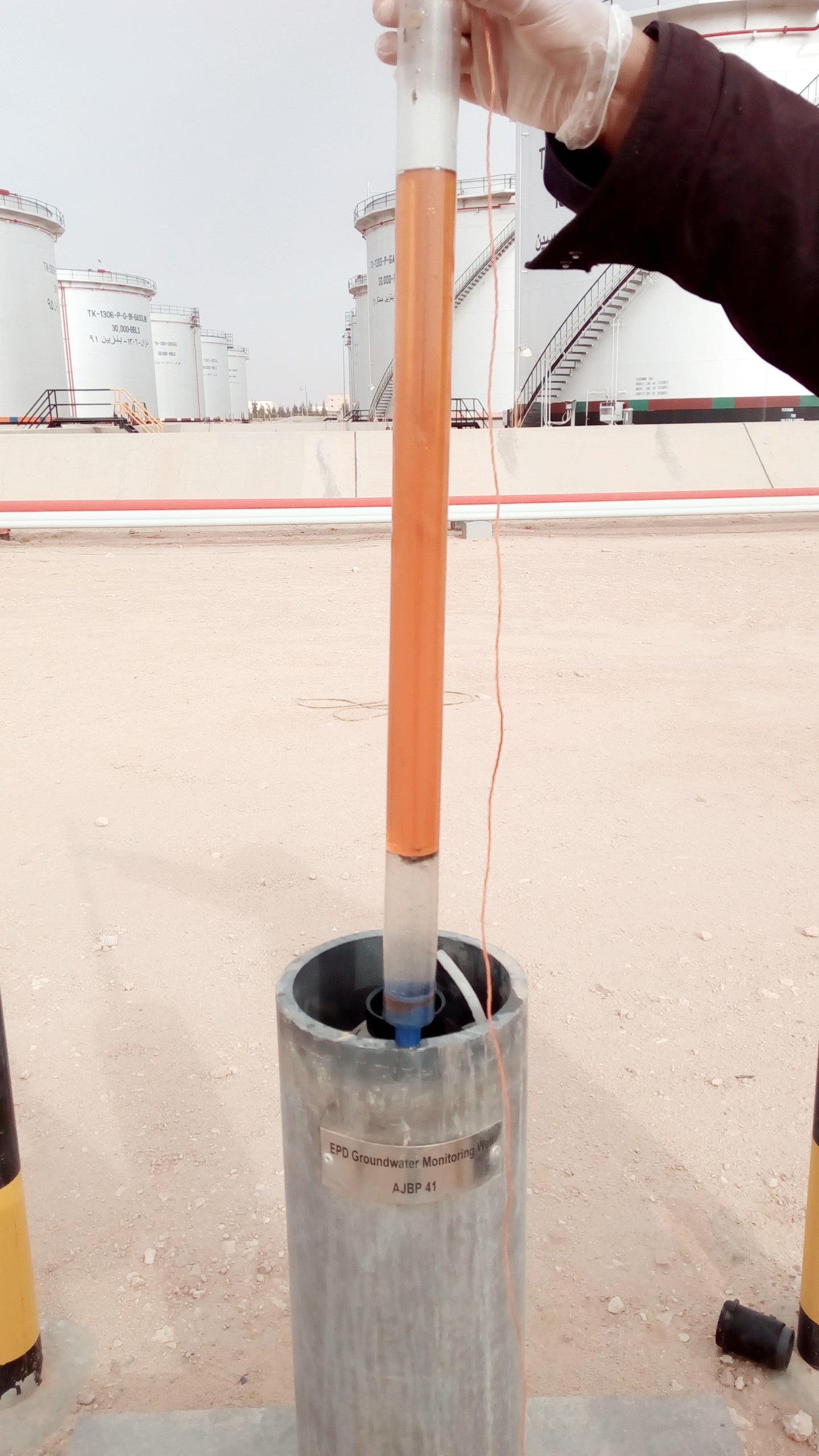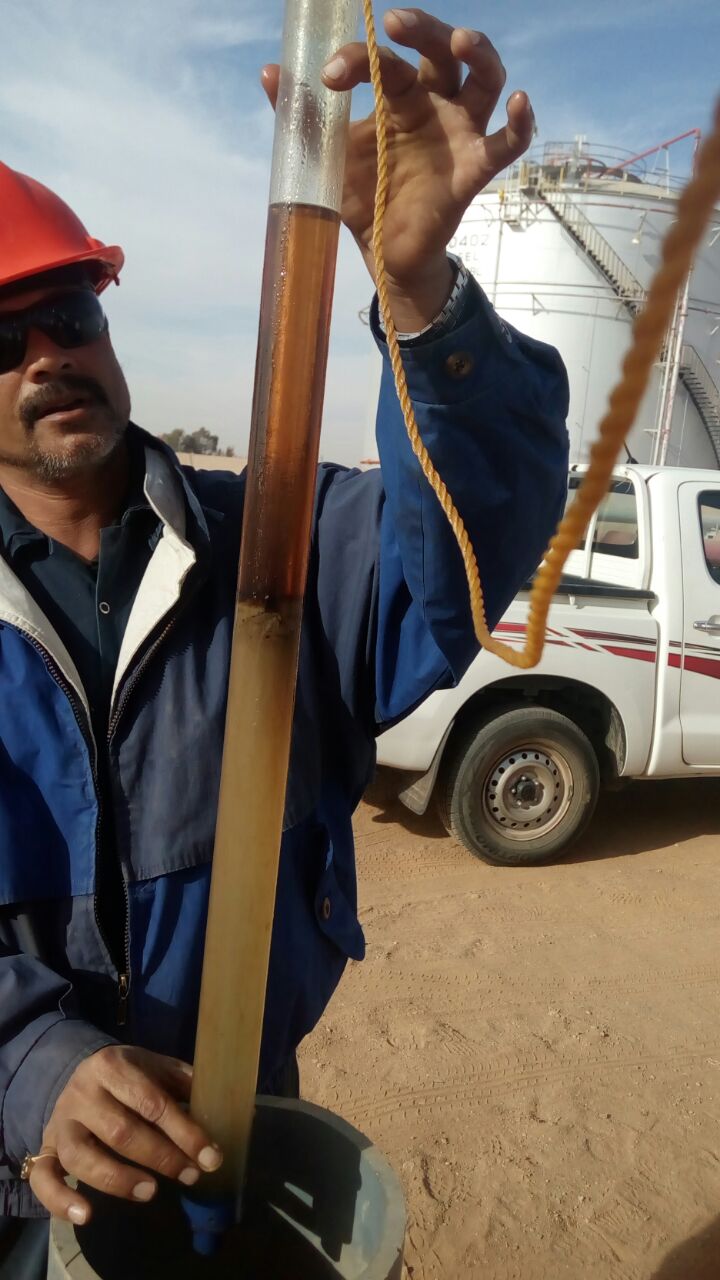Cosolvent Flushing
Mobilizing contaminants for efficient extraction!
Cosolvents, such as alcohol, increase the solubility, and hence the mobility, of various chemical contaminants, including chlorinated solvents and petroleum hydrocarbons.
Cosolvents can promote contaminant removal by:
1. Increasing the solubility of the contaminant in water, which improves the mass removal per pore volume.
2. Increasing the bioactivity of the system by increasing the mass of readily available substrates.
3. Aiding in the manipulation of the geochemical conditions of the subsurface in order to promote various geochemical breakdown reactions.


Important Considerations
1. NAPLs have very low solubility in water and tend to exist in pockets in the subsurface. They dissolve slowly, leading to very slow rates of removal by pumping.
2. Technical challenges include locating and delineating the NAPL source zone, estimating the initial NAPL mass and spatial distribution, characterizing the hydraulic properties of the aquifer, delivering and distributing the injected chemicals to the targeted zone, and designing the optimum chemical formulation for a given NAPL composition and soil type.
3. Cosolvents can be added to surfactants or replace surfactants as they increase the efficiency of the flush by lessening surfactant loss due to sorption, manipulating the viscosity of the surfactant solution and preventing liquid crystal formation.
Methods
Cosolvent flushing involves injecting a solvent mixture, such as water with alcohol, into an aquifer impacted with Non-Aqueous Phase Liquids (NAPLs) to solubilize and increase the mobility of the compounds. The solvent and the solubilized NAPL are then removed through extraction wells, and either treated on-site or disposed of off-site.
The cosolvent mixture is typically injected up-gradient of the contaminated area and allowed to flow through the impacted area. The cosolvent with the mobilized contaminants is then extracted. A reverse gradient approach may also be used, which involves injecting at the down-gradient edge of impacts and then pumping the cosolvent solution from up-gradient wells.
Experience
Removal of Non-Aqueous Phase Liquids (NAPLs) such as spent degreasing solvents (TCE and TCA), dry cleaning solvents (PCE), heavy fuel oils, and coal tar/creosote, can be one of the most challenging processes in remedial programs. IRSL offers our clients extensive experience remediating NAPLs using a variety of cosolvents.
Ready to get started?
Speak with our engineering team about how our environmental remediation services can help you in your remediation journey and take the next steps to building a better environment and a cleaner community with your project.
I'm ready to Start